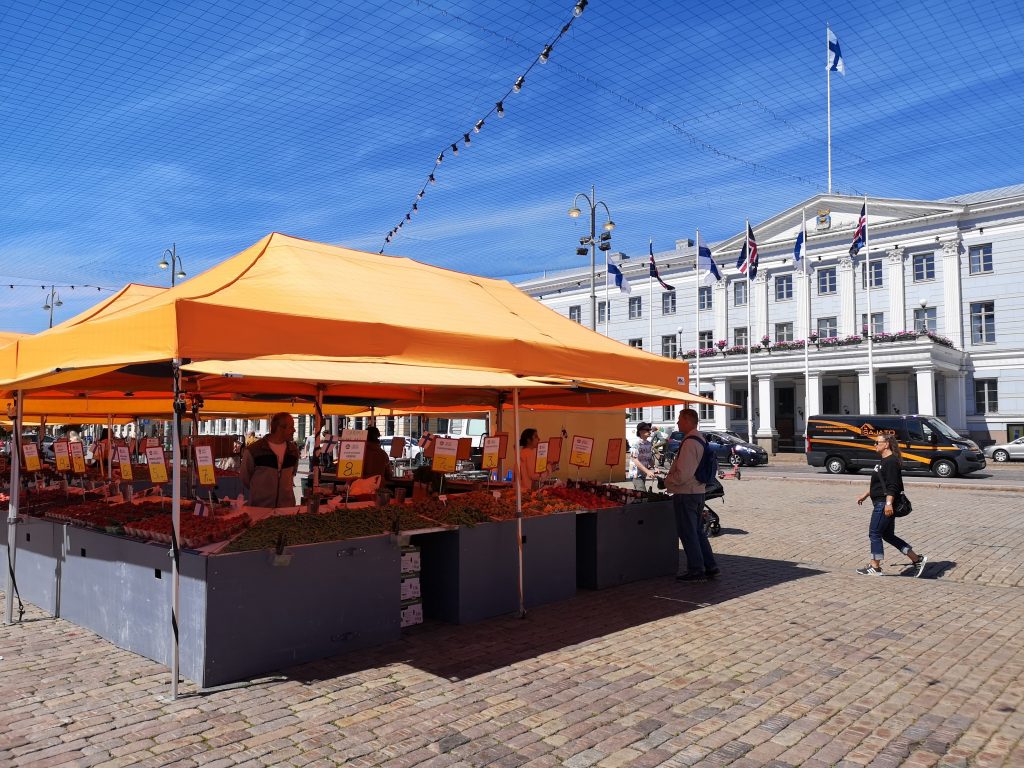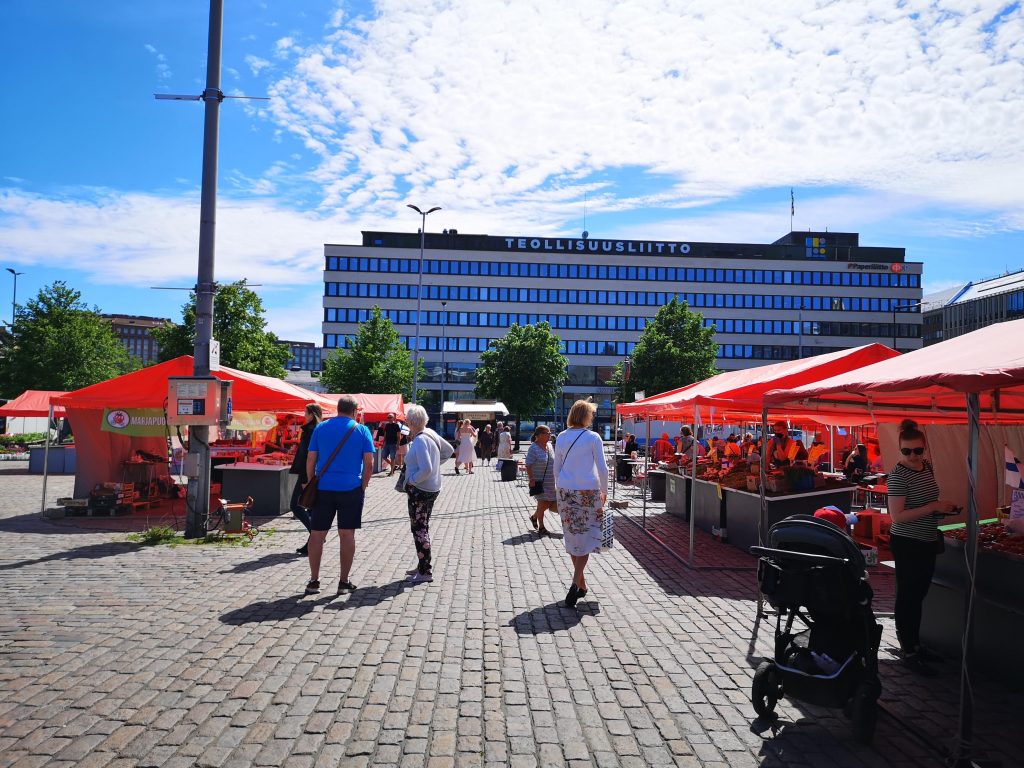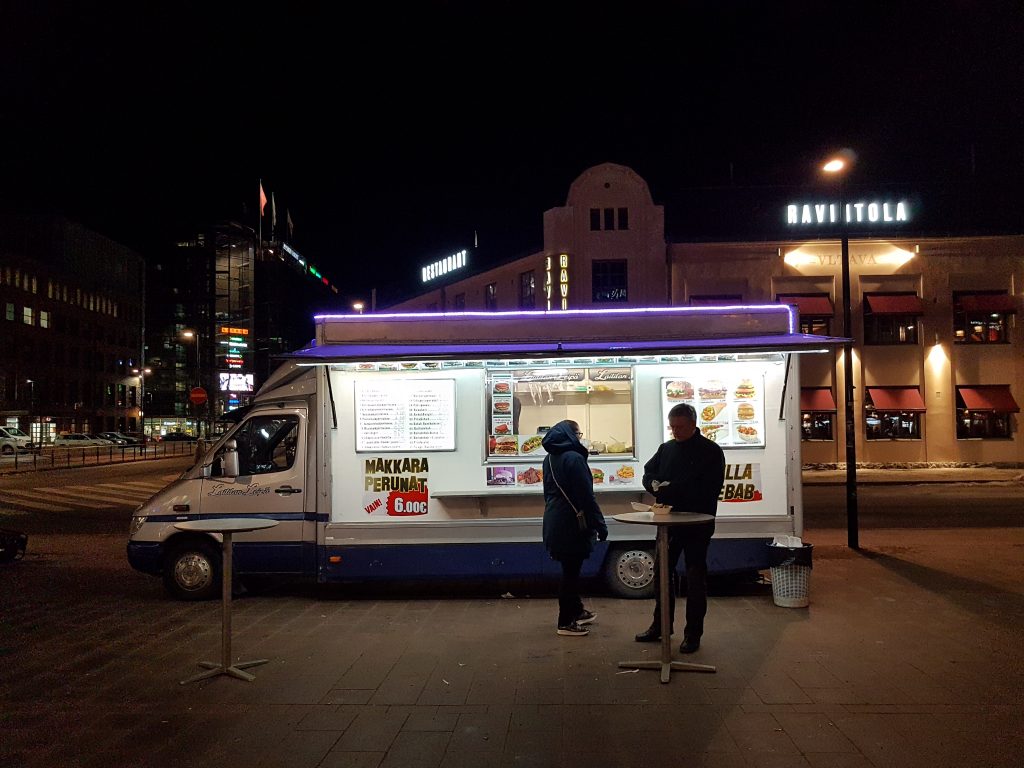By Thulisile N. Mphambukeli and Abraham Matamanda
Cities in Africa are at crossroads. Climate change-induced events are sweeping away a substantial amount of urban infrastructure. The agony of climate-induced disasters continues to intensify. Many governments have grappled with this critical issue for many decades. Between 2010 and 2022, climate disasters have plagued southern African countries and ravaged entire cities. For example, in the aftermath of Cyclone Idai in March 2019, 90% of Beira city in Mozambique was destroyed, leaving a trail of infrastructure and service damage. The same cyclone also caused severe infrastructure and property damage, including the loss of lives in some parts of Zimbabwe, Malawi, and South Africa. While governments and other stakeholders were trying to deal with the effects of cyclone Idai, just six weeks later Cyclone Kenneth hit the region with the same ferocity and intensity. The impacts of Cyclone Idai and Kenneth were immense, as evident from the 93 health facilities, 3,504 classrooms, and 223,947 houses destroyed in Mozambique, which left 2.5 million people and 1.3 children in need of humanitarian assistance. The destruction of public infrastructure and services disproportionately affects the poor and marginalised communities residing in what Oren Yiftachel terms as grey spaces, which are characterised by their position in the shadow of the formal city and face destruction, evictions, and death.
Consider South Africa, which is one of the richest countries in Africa. In 2018, climate change-induced flooding destroyed most parts of KwaZulu-Natal. This situation revealed that both the “planned” and “unplanned”, “formal” and “informal” areas, especially in the City of Durban in the eThekwini Metropolitan Municipality area, were severely affected by these floods. While this area was still recovering from the 2018 debacle, a major catastrophe happened on April 11, 2022, which has been described as the worst flooding disaster in the history of South Africa.
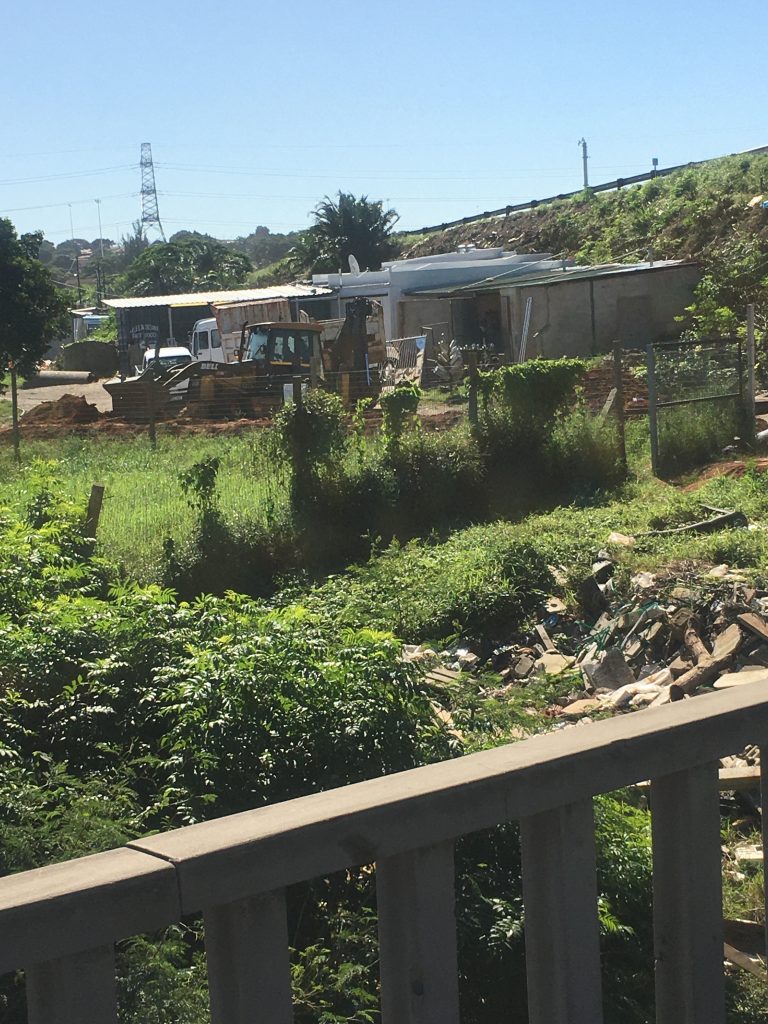
In this regard, we question the recurrence of these endemic flooding incidences in the South African context, with reference to the City of Durban as a case to understand the intricacies and nuances of these occurrences through the lens of urban planning. We situate the discussion around the “climate apartheid” thesis, considering how flooding events disproportionately affect the black urban poor. We argue that these flood disasters are “wicked problems” that urban planners fail to address adequately. We further posit that because the wickedness of the problems is rooted in climate–apartheid, which Morgan McCordick calls an uneven distribution of the climate crisis, the material impacts across discrete populations, whether they are separated by wealth, sovereign borders, or race, the manifestation is not incidental, but a logical outcome of the racialised historical processes that produced the climate crises.
Climate apartheid, therefore, has a negative societal impact, especially on the black poor because the mutation of flood disasters that strike with ferocity and without warning presents a crisis on top of a crisis, which urban planners in South Africa are not able to handle. This incapacity of urban planners—who do not engage in practical and effective future-orientated strategic planning in anticipation of disasters—is first seen in the vulnerability of the poor who are mostly black and usually reside in the “shadow of the city” and whose homes are swept away when disasters occur. In our interviews, more than 50 people asked themselves, “How do we rebuild when the ground itself is no longer there?” Indeed, the city sweeps the poor away right under the noses of urban planners. Second, the provision of basic services is skewed, compromising the adaptive capacity of the poor who are also the least prioritised when it comes to flood disaster risk management by local governments. It is evident that the local governments of KwaZulu-Natal have no working mitigation strategies for events caused by climate change.
Consequently, as seismic global climate change apartheid issues continue to grow in size and magnitude, the recent floods in KwaZulu-Natal have exposed the gross injustices that persist in African cities. What is apparent is the extent of the damage and loss to many families due to infrastructural damage and destruction that occurs at the city level, especially the poor who live in low-income communities. The national news channels, for example, were overwhelmed with gruesome images of washed-away roads, housing structures sinking in the sand, missing persons, and loss of life due to the repeated floods. Many who have invested in various urban enterprises have lost their livelihoods. However, the media did not adequately point to the appalling hunger and basic services crises facing the poor and low-income communities, coupled with the associated vulnerability due to shocks because of the floods.
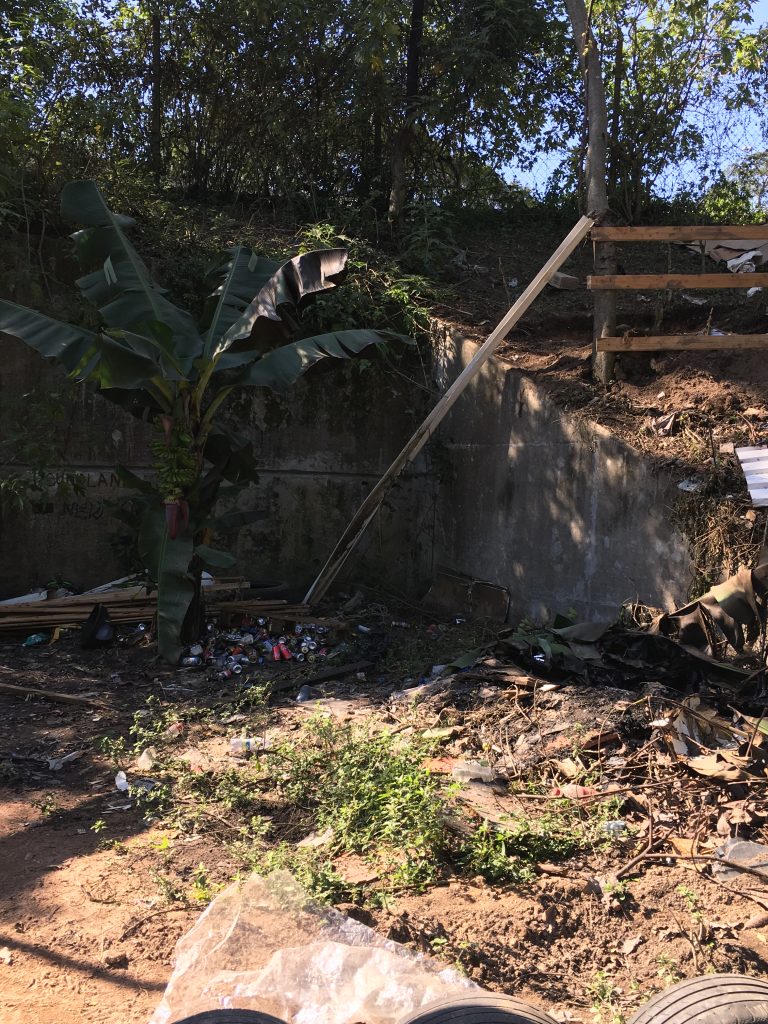
Thus, the realities of this flooding have been immense in the communities that lack socio-economic support systems and the ability to bounce back from the flooding shocks. Hence, the recurrent flooding and disasters have not been kind to poor and low-income communities of South Africa. The floods reduce resilience and coping strategies, and the facilitation of liveable settlements is almost impossible. As people navigate this precarious urban terrain, they face challenges regarding access to adequate essential services required in an everyday urban environment. Inadequate access to housing, water, and sanitation forces the poor urban inhabitants to improvise these basic needs. So, when climate change-induced disasters occur, dreams and visions are shattered, particularly for those who unfortunately were and are still forced to build their houses on steep and unstable slopes in cities.
Where were the city planners before, during and after flood disasters?

The recent fieldwork we conducted right after the April 2022 floods in KwaZulu-Natal left us with critical questions. The people beg for answers from the built environment, especially urban planners. The flooding events occurred amid the COVID-19 pandemic—a crisis that has forced governments worldwide to upscale their disaster risk responses. Yet, the flooding event brought to light the continued failure of the government to address the plight and well-being of the poor, who are still entrenched in abject poverty, residing on the margins of the formal city and in the shadow of the planned city. A key issue and observation is how the poor, the black poor, especially, are spatialised in compromising and fragile locations. The positioning of these individuals and communities in these precarious conditions and locations, is baffling as some had services—for example electricity—installed in vulnerable spaces like floodplains. Who must take responsibility for such haphazard urban developments? If city planning wants to be effective, it should first and foremost consider the well-being of its most marginalised citizens: the black urban poor.
A critical step forward is to decolonise urban planning. In a racialised society, city planners must also understand that if they disregard the apartheid roots of climate change, and continue to plan in their colour-blind “high towers”, South Africa will have no future. Africa will be compromised. The ecological crisis in the world can only get worse. Only just cities and just ecological political economy can save the planet.


 The worsening global ecological crises justify the increasing attention given to sustainability science, environmental thinking generally, environmental policy, and activism. But
The worsening global ecological crises justify the increasing attention given to sustainability science, environmental thinking generally, environmental policy, and activism. But 
